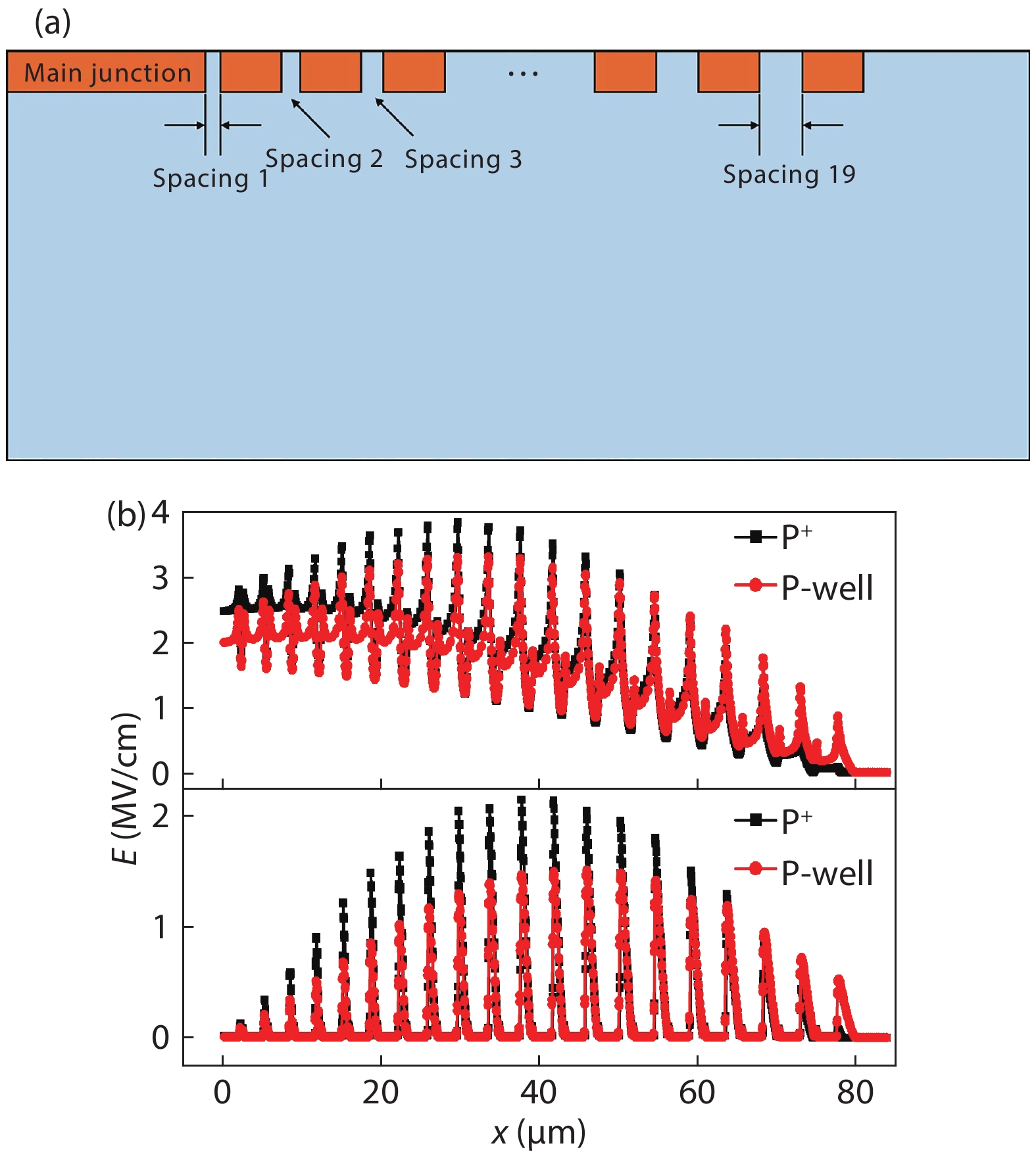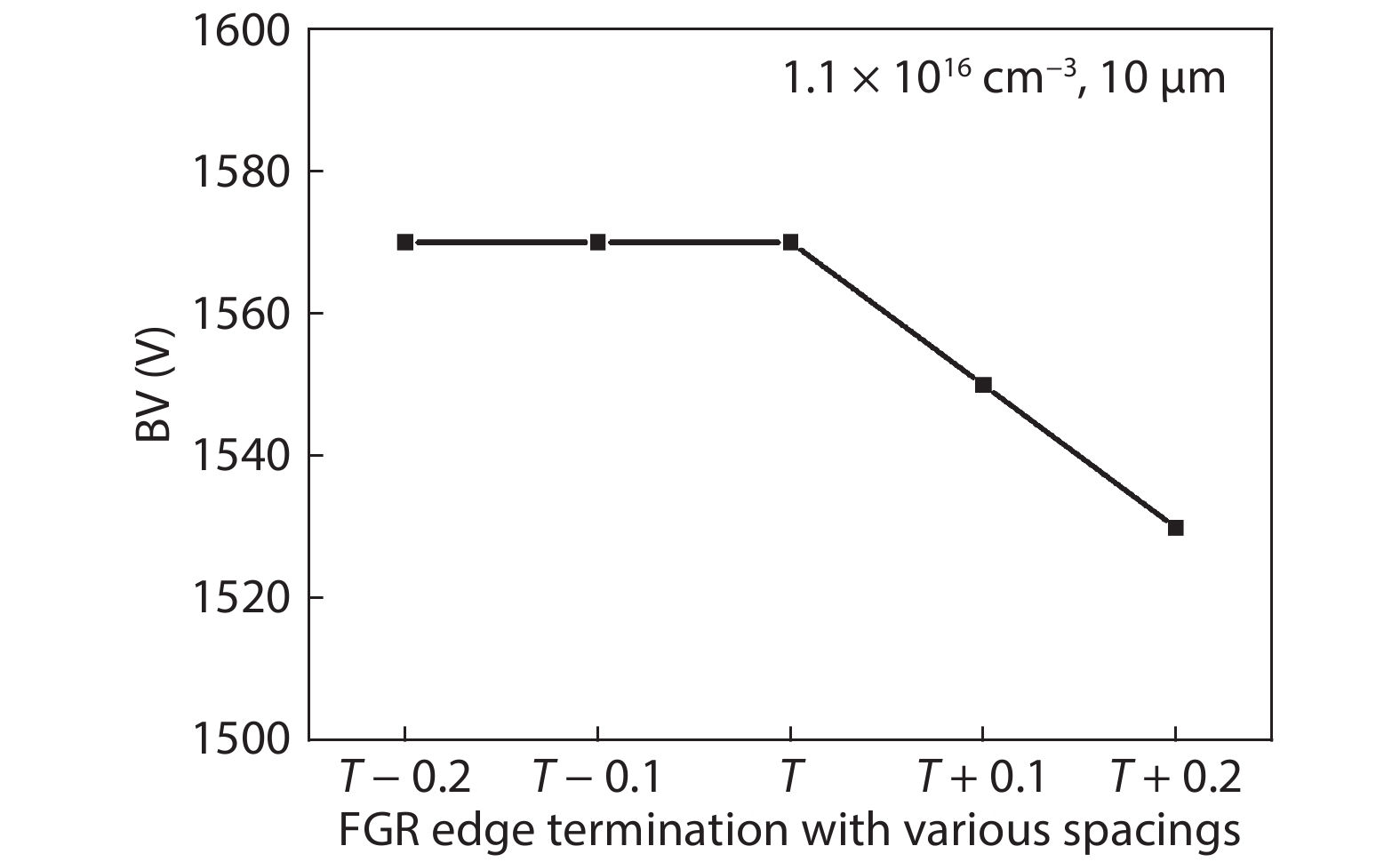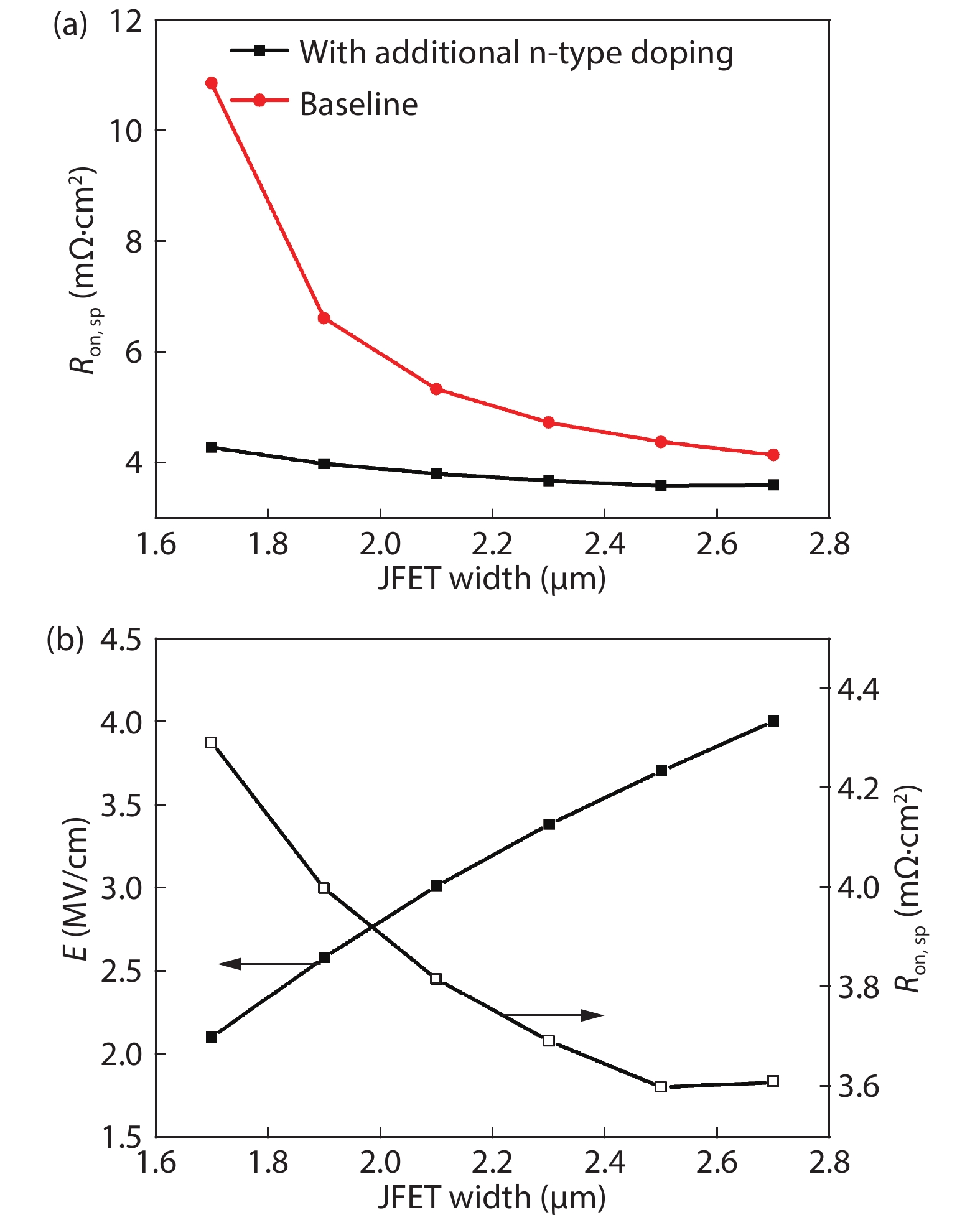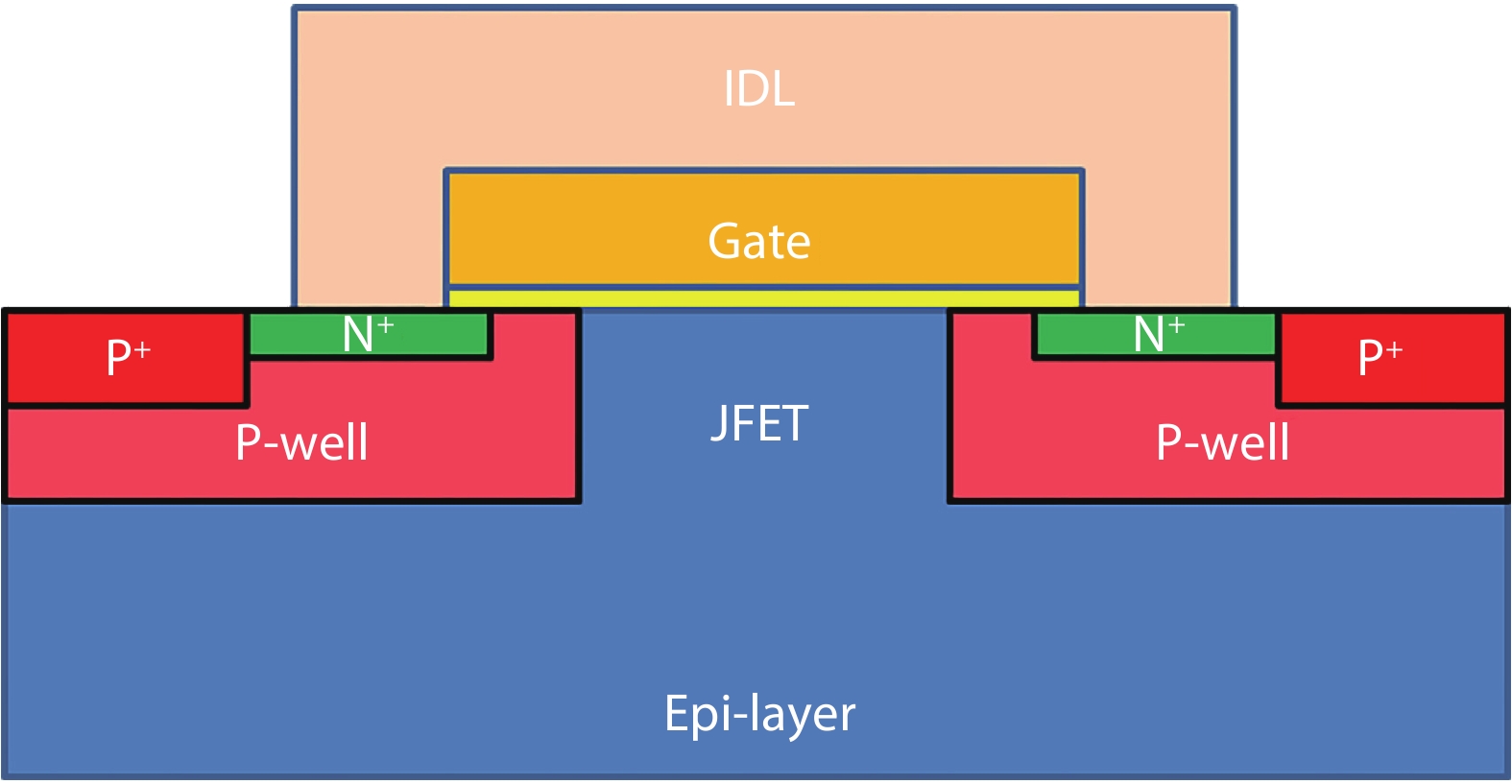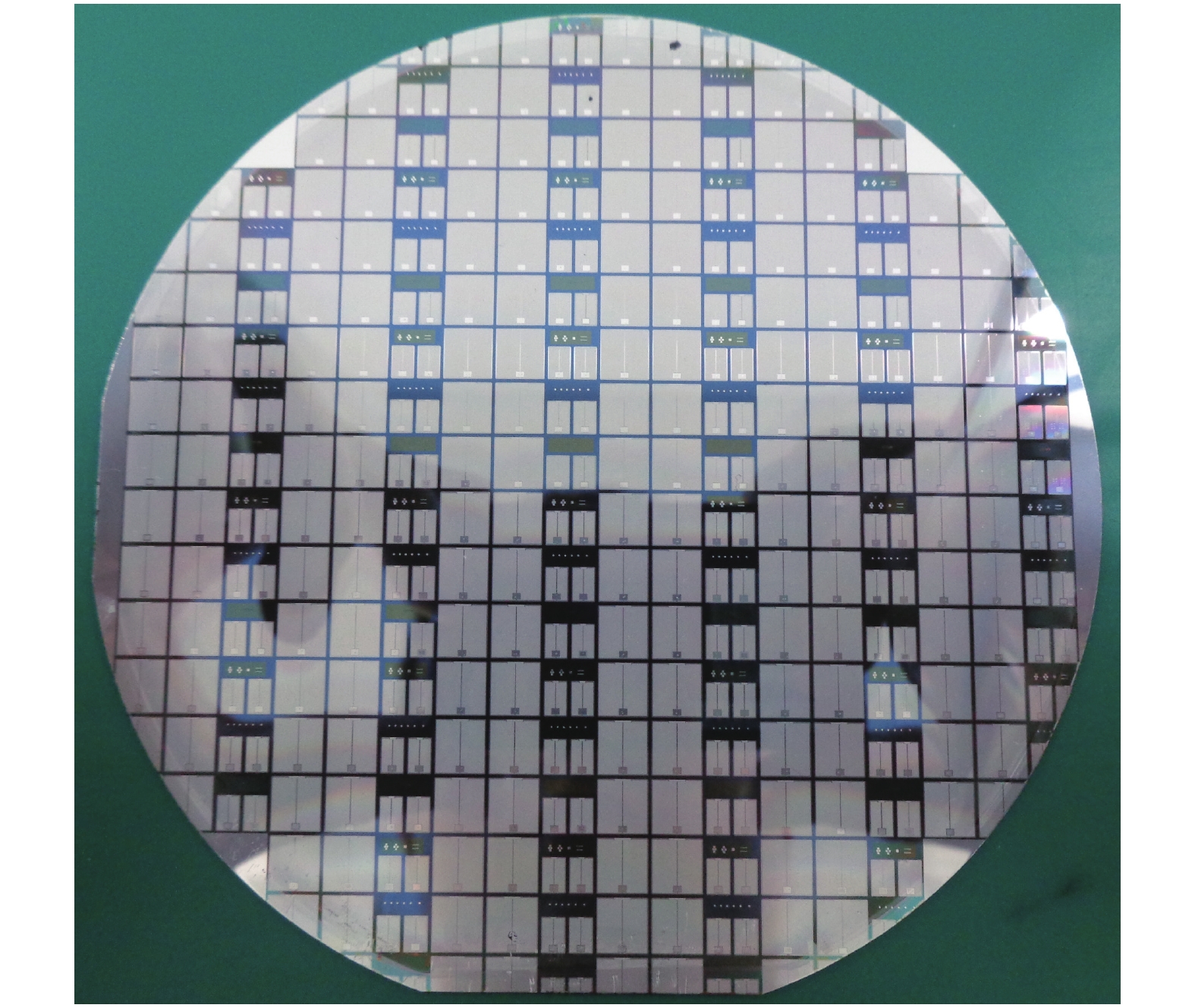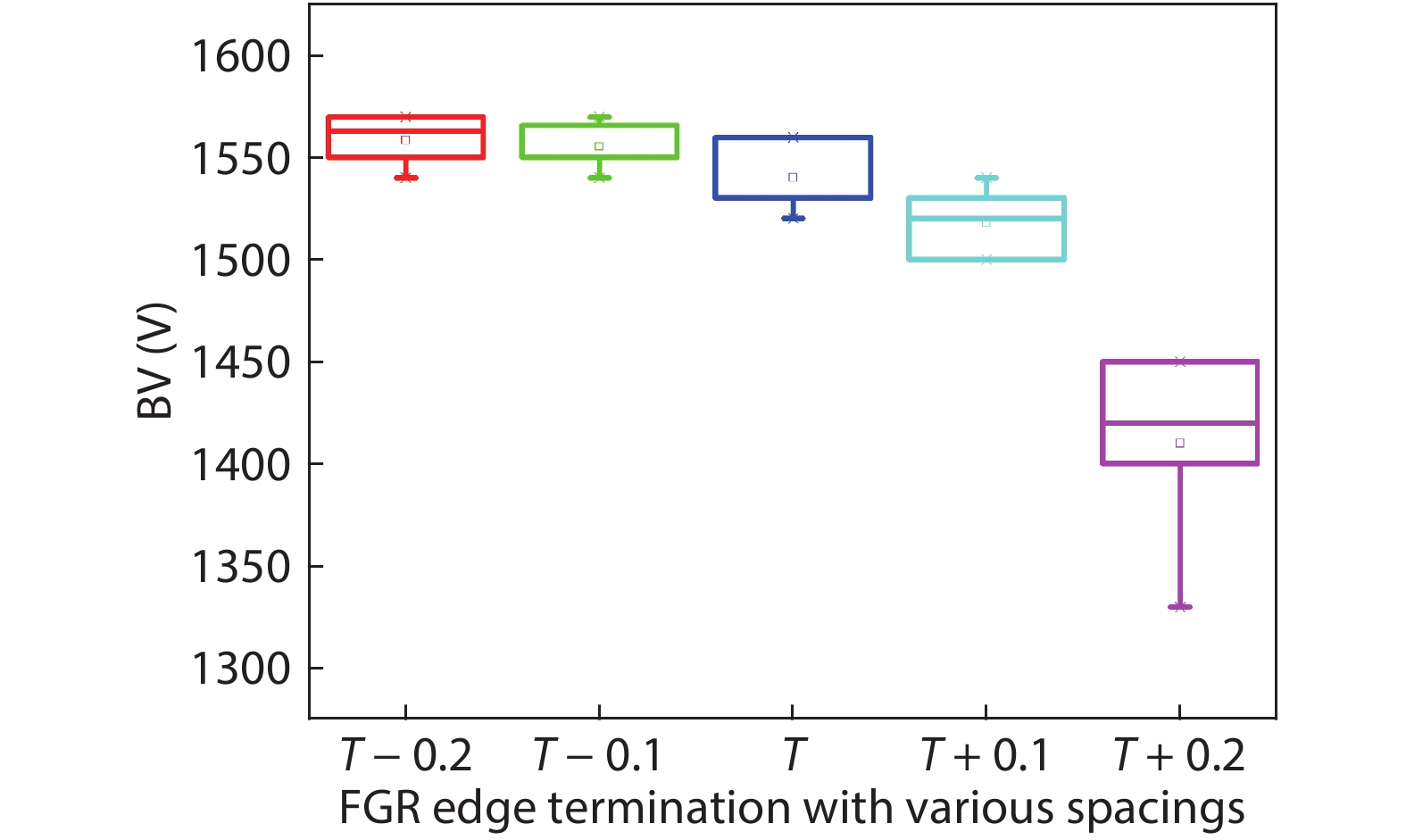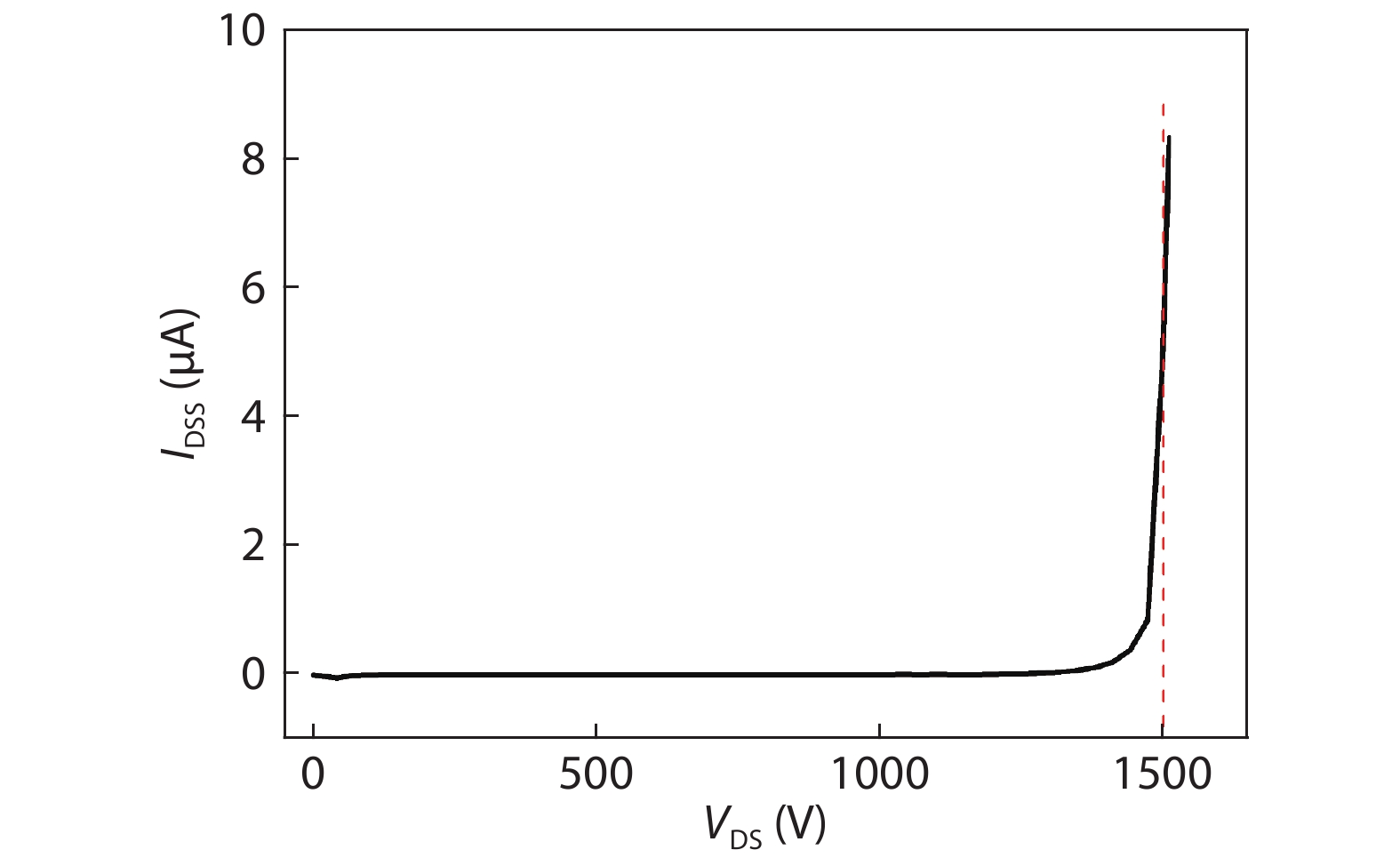| Citation: |
Qiang Liu, Qian Wang, Hao Liu, Chenxi Fei, Shiyan Li, Runhua Huang, Song Bai. Low on-resistance 1.2 kV 4H-SiC power MOSFET with Ron, sp of 3.4 mΩ·cm2[J]. Journal of Semiconductors, 2020, 41(6): 062801. doi: 10.1088/1674-4926/41/6/062801
****
Q Liu, Q Wang, H Liu, C X Fei, S Y Li, R H Huang, S Bai, Low on-resistance 1.2 kV 4H-SiC power MOSFET with Ron, sp of 3.4 mΩ·cm2[J]. J. Semicond., 2020, 41(6): 062801. doi: 10.1088/1674-4926/41/6/062801.
|
Low on-resistance 1.2 kV 4H-SiC power MOSFET with Ron, sp of 3.4 mΩ·cm2
DOI: 10.1088/1674-4926/41/6/062801
More Information
-
Abstract
A 4H-SiC power MOSFET with specific on-resistance of 3.4 mΩ·cm2 and breakdown voltage exceeding 1.5 kV is designed and fabricated. Numerical simulations are carried out to optimize the electric field strength in gate oxide and at the surface of the semiconductor material in the edge termination region. Additional n-type implantation in JFET region is implemented to reduce the specific on-resistance. The typical leakage current is less than 1 μA at VDS = 1.4 kV. Drain–source current reaches 50 A at VDS = 0.75 V and VGS = 20 V corresponding to an on-resistance of 15 mΩ. The typical gate threshold voltage is 2.6 V. -
References
[1] Kimoto T. Material science and device physics in SiC technology for high-voltage power devices. Jpn J Appl Phys, 2015, 54, 4 doi: 10.7567/jjap.54.040103[2] Lichtenwalner D J, Hull B, Pala V, et al. Performance and reliability of SiC power MOSFETs. MRS Adv, 2016, 1, 2 doi: 10.1557/adv.2015.57[3] Castellazzi A, Fayyaz A, Romano G, et al. SiC power MOSFETs performance, robustness and technology maturity. Microelectron Reliab, 2016, 58, 58 doi: 10.1016/j.microrel.2015.11.025[4] Jiang F, Sheng K, Guo Q, et al. Comparative study of temperature-dependent characteristics for SiC MOSFETs. China International Forum on Solid State Lighting, 2016, 50[5] Zhou W, Guo Q, Wu X, et al. A 1200 V/100 A all-SiC power module for boost converter of EV/HEV’s motor driver application. China International Forum on Solid State Lighting, 2016, 38[6] [7] [8] [9] [10] Iwata H, Itoh K M. Donor and acceptor concentration dependence of the electron Hall mobility and the Hall scattering factor in n-type 4H- and 6H-SiC. J Appl Phys, 2001, 89, 6228 doi: 10.1063/1.1366660[11] Chung G Y, Tin C C, Williams J R, et al. Improved inversion channel mobility for 4H-SiC MOSFETs following high temperature anneals in nitric oxide. IEEE Electron Device Lett, 2001, 22, 176 doi: 10.1109/55.915604[12] Moghadam H A, Dimitrijev S, Han J, et al. Active defects in MOS devices on 4H-SiC: A critical review. Microelectron Reliab, 2016, 60, 60 doi: 10.1016/j.microrel.2016.02.006[13] Ohashi T, Nakabayashi Y, Shimizu T, et al. Investigation of nitridation and oxidation reactions at SiC/SiO2 interfaces in NO annealing and modeling of their quantitative impacts on mobility of SiC MOSFETs. Jpn J Appl Phys, 2017, 56, 10 doi: 10.7567/JJAP.56.106502[14] Fujita E, Sometani M, Hatakeyama T, et al. Insight into enhanced field-effect mobility of 4H-SiC MOSFET with Ba incorporation studied by Hall effect measurements. AIP Adv, 2018, 8, 8 doi: 10.1063/1.5034048[15] Fiorenza P, Swanson L K, Vivona M, et al. Characterization of SiO2/SiC interfaces annealed in N2O or POCl3. Materials Science Forum, 2014, 623[16] Rong H, Sharma Y K, Mawby P A, et al. Combined N2O and phosphorus passivations for the 4H-SiC/SiO2 interface with oxide grown at 1400 °C. Materials Science Forum, 2016, 344[17] Lichtenwalner D J, Pala V, Hull B, et al. High-mobility SiC MOSFETs with alkaline earth interface passivation. Materials Science Forum, 2016, 671[18] Huang R, Liu H, Liu T, et al. Design and fabrication of 1.2 kV/40 mΩ 4H-SiC MOSFET. China International Forum on Solid State Lighting: International Forum on Wide Bandgap Semiconductors China, 2018 -
Proportional views





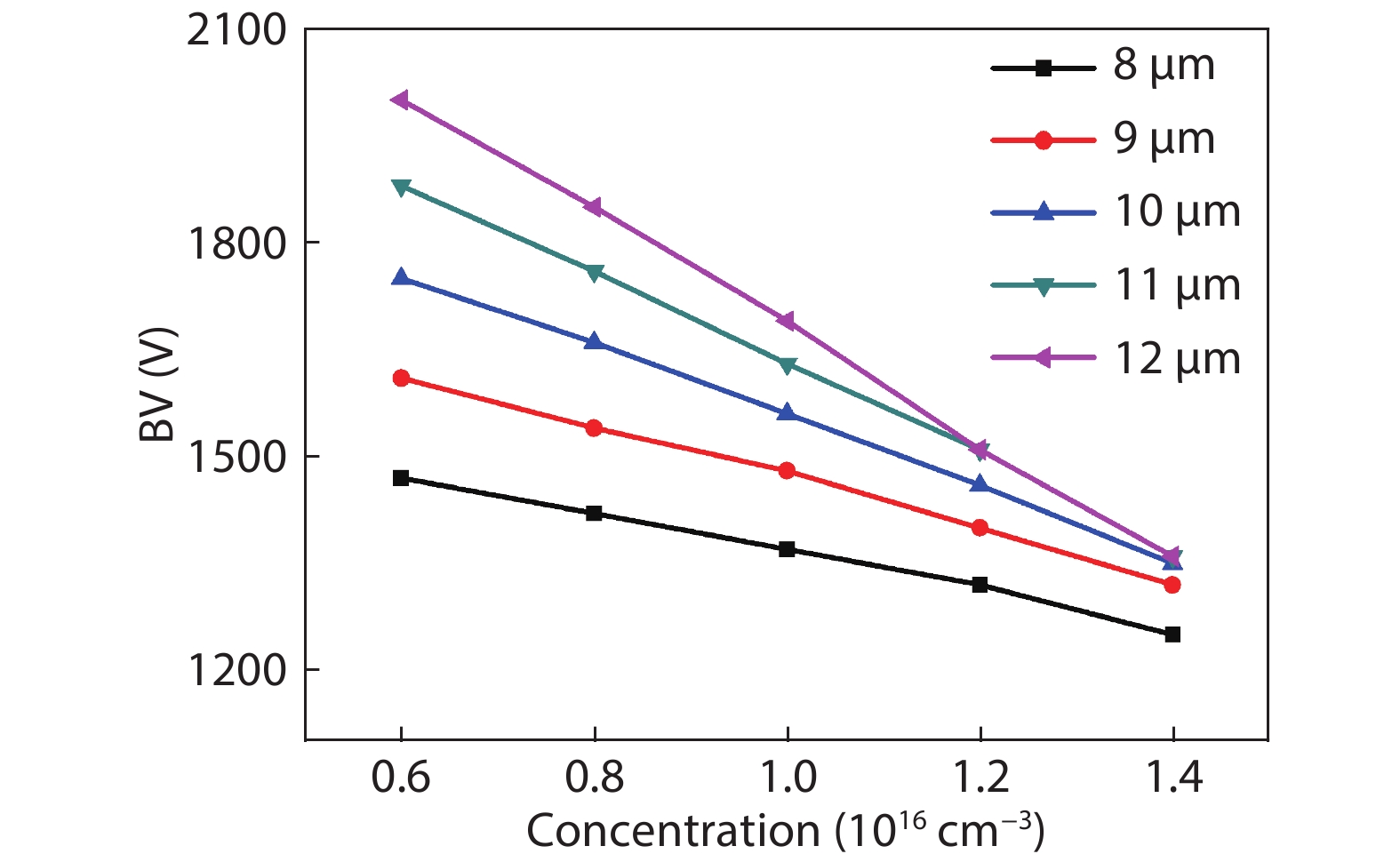
 DownLoad:
DownLoad:
